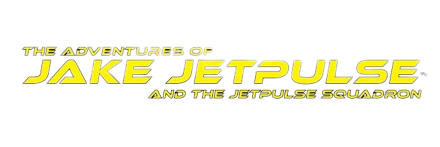“When I Feel ___, I Can ____”
Emotion → Action: My Super Response
Objective
Kids will choose one emotion they’ve experienced (from chart or memory) and design a “super response” or action they can take in that moment. They’ll draw a mini comic or visual plan showing the emotion → the strategy → outcome.
Why It Matters / Core Concept
Understanding how you can respond to emotions (rather than just feeling them) is a huge step in self-regulation and emotional resilience. This activity helps children (especially those on the autism spectrum) internalize that even when they feel upset, angry, or sad, they have choices—and can use healthy strategies or habits to act. It fosters a growth mindset: “I can do something when I feel this way.”
Materials Needed
- Emotions chart (printed or digital)
- Blank comic strip or three-panel template
- Pencil, markers or crayons
- (Optional) “Strategy cards” or suggestion list (e.g. take deep breath, drawing, counting, asking for help)
- Eraser, ruler (optional)
Step-by-Step Activity
- Review & Choose an Emotion
Start by reviewing the Emotions Chart (or your earlier lessons). Ask your child: “Pick an emotion you’ve felt recently (angry, sad, frustrated, excited, etc.).” - Brainstorm Possible Responses / Strategies
Together, list 3–5 ways the child could respond when feeling that emotion. Encourage a mix: calming strategies, expressive outlets (drawing, writing), asking for help, taking a break, etc. - Choose One Strategy
Let the child pick one strategy they resonate with.
Optionally, use “Strategy Cards” (pre-made suggestions) to help them pick. - Draw a Mini-Comic / Visual Plan
Using a 3-panel or 4-panel template:
Panel 1: Show the emotion (child or character face expressing it).
Panel 2: Show the chosen strategy in action (child doing breathing, drawing, etc.).
Panel 3: Show the outcome (child feeling calmer, solving problem, etc.).
(Optional Panel 4: Reflection — “How I felt afterward” or “What changed.”) - Add Captions or Dialogue
Encourage short captions or thought bubbles, e.g. “I feel angry,” → “I take 3 deep breaths,” → “I calm down and think.” Use simple, child-friendly language. - Share & Reflect
Let the child explain their comic:
“Why did you pick that strategy?”
“What do you think would happen if you practiced it next time?”
Optionally, keep these comics in a folder to revisit and refine.
Download The PDF
Download and print the Emotion → Action Comic Template to help kids turn their feelings into powerful responses!
📥 Download Printable PDF
